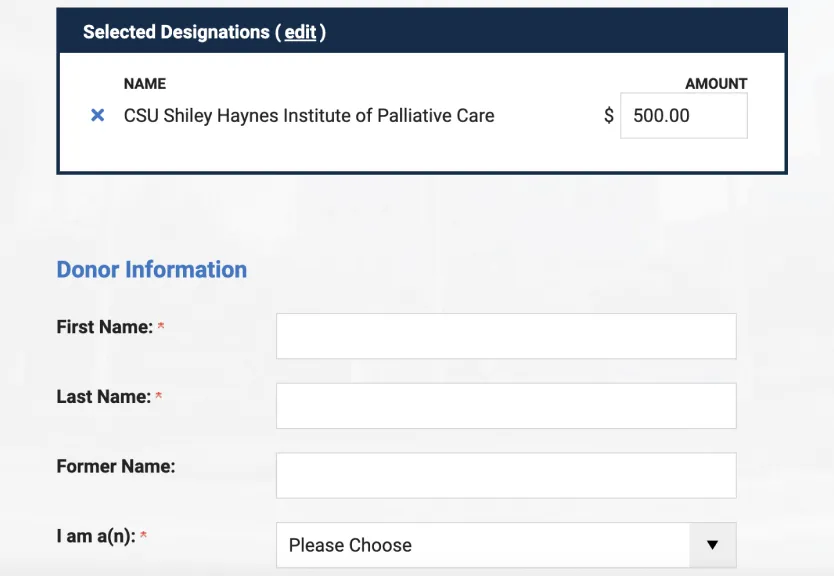The Role of Palliative Care in a COVID-19 Pandemic
In this time of the COVID-19 pandemic, healthcare systems and healthcare professionals are stressed and bracing for or already managing an influx of affected patients. The coronavirus presents a severe acute care crisis of unknown duration, in which potentially hundreds of thousands of people may get sick, some critically, and tens of thousands may die.[1]
In this context, the usual concerns of palliative care—quality of life, discernment of patient goals, advance care planning, pain and symptom management, and support for caregivers over protracted trajectories—seem pale and to pale in comparison. And yet, I would argue, palliative care has never been more important.
Those who are elderly, frail, and/or with underlying chronic or serious illness are most at risk from the novel coronavirus. These are palliative care’s core patient population. Utilizing the unique skills and strengths found in palliative care must be part of the response.
Consider that:
- While WHO is reporting the average death rate from COVID-19 is somewhere between 2% and 4%, the death rate among elderly patients is estimated at 15% to 22%.[2] Managing pain and symptoms, ensuring comfort in dying, and supporting families and providers are what palliative care does every day.
- An acute infection may be what collapses the “house of cards” for a patient with serious or life-limiting illness, sending such a person into an imminent end-of-life scenario. Rapid reassessment of patient’s goals and alignment with treatment plans are among palliative care’s stellar skills.
- If resources are stretched, an elderly patient with end-stage COPD experiencing his fourth or fifth exacerbation may not be prioritized for ICU care and instead will need palliative care. If ventilators and ICU beds are in short supply, hospitals will have to triage cases and communicate to patients and families an alternative path. Palliative care can do this.
- Family and authorized proxies may be prohibited from visiting acutely ill and chronically ill patients in the hospital and long-term care residents in nursing facilities. Informed and shared decision making may require long-distance or convoluted conversations in the absence of clear information. Maintaining grace, helping patients and families to understand and decide, coordinating care and providers are all in palliative care’s wheelhouse.
- Nurses and physicians and their colleagues may be overworked and at risk. Others may be sent home to sit out 2 weeks, knowing their patients and colleagues need them. Moral distress, grief, and frustration will fray nerves and relationships. Spiritual care, team support, and guidance on self-care are palliative care’s special sauce.
In this time, palliative care is just as critically needed as fluids, fever reducers, and respirators. We know the strength and extraordinary human kindness and caring that palliative care professionals live every day, in every interaction with patients, with families, with colleagues, and communities. Their role in the time of COVID-19 is to keep the “care” in healthcare, even as systems, patients, and providers are under siege.
Jennifer Moore Ballentine is the Executive Director of the California State University Shiley Institute for Palliative Care. For more information about palliative care or palliative care education, visit csupalliativecare.org.
[1] It is difficult to obtain or verify projections of numbers affected; most sources are only reporting what is known about the current rate of infection. Some estimates, noting the exponential rate of increase, project millions of cases and hundreds of thousands of deaths (https://www.businessinsider.com/presentation-us-hospitals-preparing-for-millions-of-hospitalizations-2020-3).
[2] https://www.worldometers.info/coronavirus/coronavirus-age-sex-demographics/




